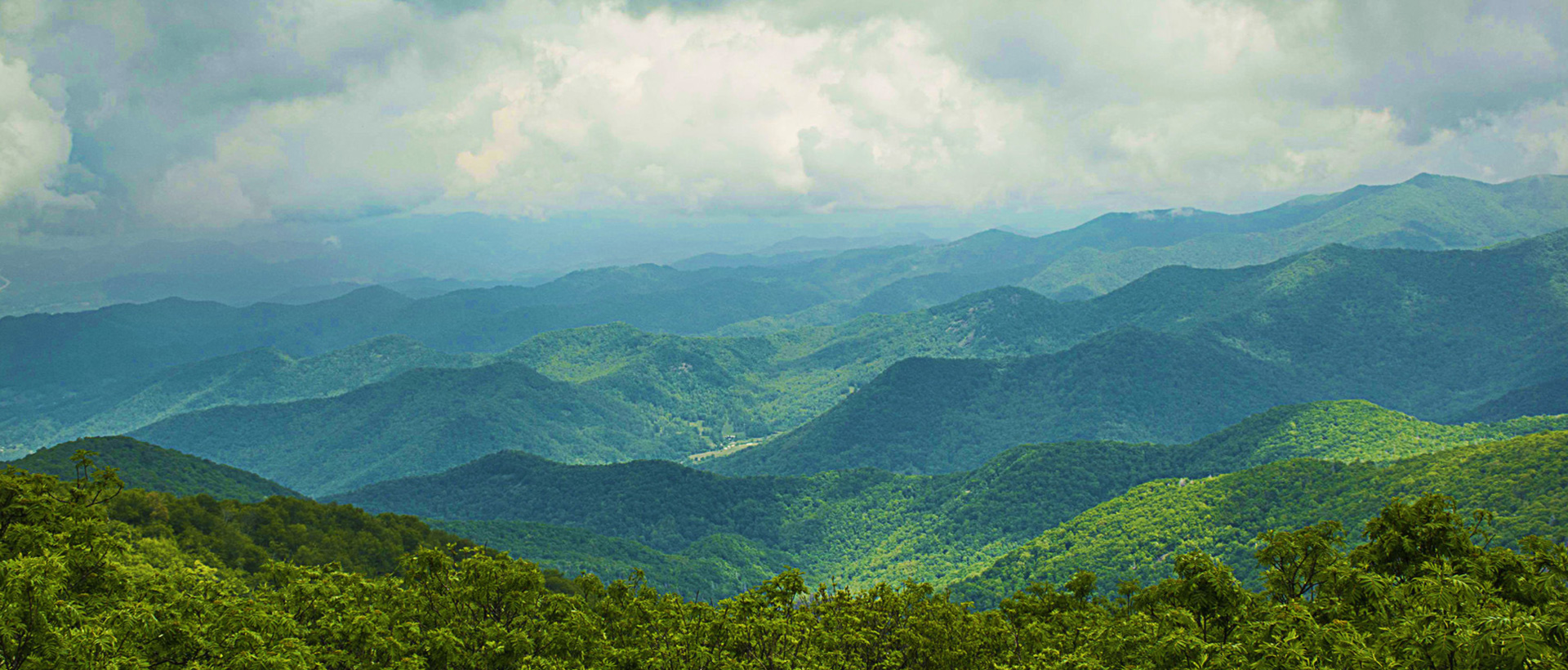Our own Alison Fortney uses her creativity to speak out
Our mission at IBVI is not just to provide employment for those who are blind or visually impaired, but also to advocate for them in all areas of life. Part of that advocacy is to travel to Washington, D.C. to speak to legislators about how we can better support and provide opportunities for people with visual impairments. Our own Alison Fortney shares her experience with advocacy, as well as what drives her in her quest to make life better and more fulfilling for people like her:
My name is Alison Fortney and I am the account and e-commerce specialist for IBVI Custom at the West Allis facility, as well as the lead advocate for our organization. My interest in advocacy began last year, when I had the privilege of attending the Public Policy Forum in Washington, D.C.
My biggest takeaway from this experience was learning why raising awareness for blind and visually impaired employment is crucial to keeping multiple National Industries for the Blind-affiliated organizations like ours running. I wanted to be the lead advocate so I could help us make a change in our society, not only for me and everyone else at our organization, but for other blind and visually impaired individuals who have not yet learned about us and our mission for providing employment.
Also, the people who are blind or visually impaired who are seeking employment are dynamic, creative people who deserve opportunities. When I’m not assisting customers with creating their custom apparel or lobbying on Capitol Hill, you can find me spending a day at the botanical gardens or the zoo, bowling on Friday nights, practicing archery, or out taking a walk and being surrounded by nature. However, this has all changed since the pandemic hit.
Now, I spend most of my time at home, caring for my collection of nearly 100 orchids, and coming up with new art and design ideas. I have retinitis pigmentosa, which is a genetic degenerative retinal disease (try saying that five times fast). This means my visual field will gradually shrink over time, and I may eventually be left with a tiny bit of vision in the middle of my field, or no vision at all. However, this won’t happen for a long time, and who knows, maybe someone will develop a cure for this disease in that time. For now, I use all 15 degrees of the visual field I have to create captivating works of art.
Before I started working at IBVI, I double majored in graphic design and web design/development at Milwaukee Area Technical College (MATC), while also studying photography. I started out learning film photography and then went on to experiment with digital photography. Once I discovered the endless possibilities of what I could create using this medium, I wasn’t about to let my vision loss stop me.
I absorbed as much information as I could, and started taking my camera with me wherever I went. Whether I’m taking a walk in a local park or hiking 10,000 feet up in the mountains, my camera is always with me. Most of my photographs consist of landscapes, animals (wild and domestic) and close-ups of flowers and other subjects.
One aspect about my photography that’s unique is how I use my vision loss to my advantage. Like I said before, I have a limited field of vision, and this allows me to focus better on the details of the subject I’m photographing. I don’t think of my vision loss as a disability, but as something that makes my artwork stand out.
That’s the one insight I’ve gained from all of this – Don’t let your vision loss prevent you from doing what you love.
To explore career opportunities at IBVI, visit our website.
Photo by: Alison Fortney
